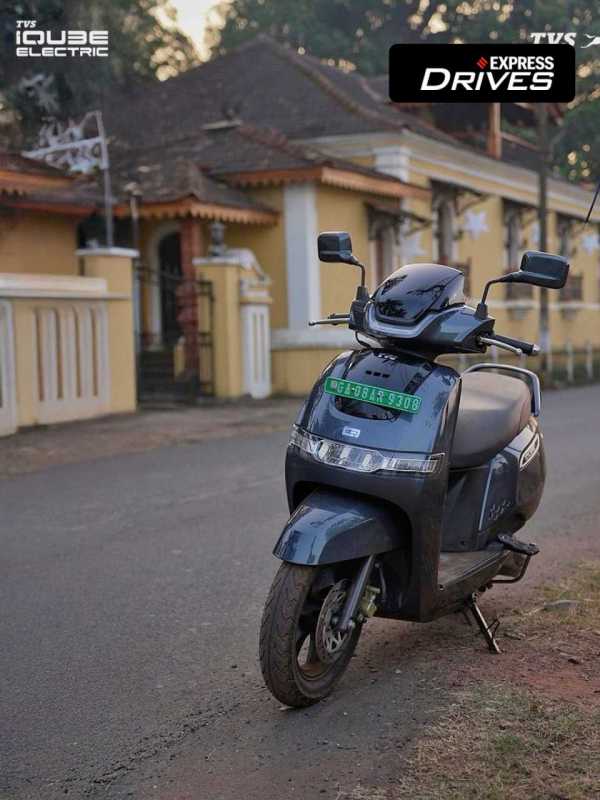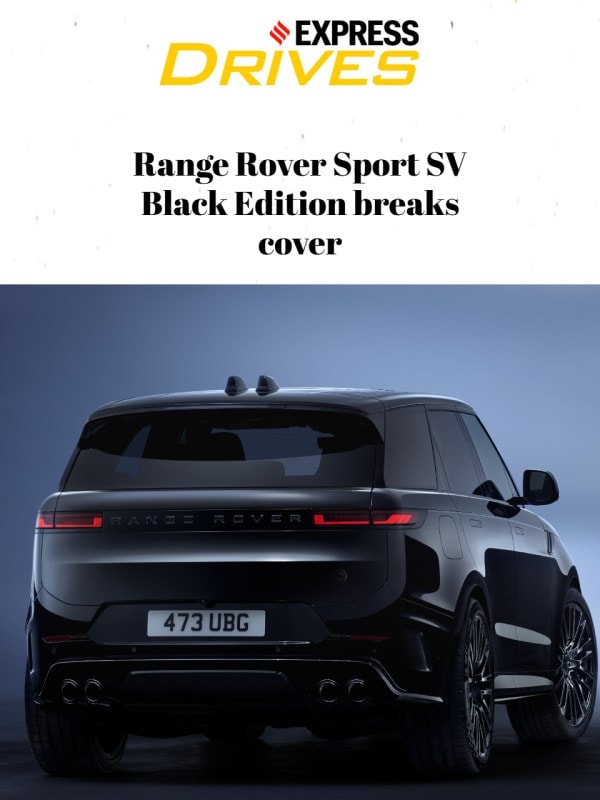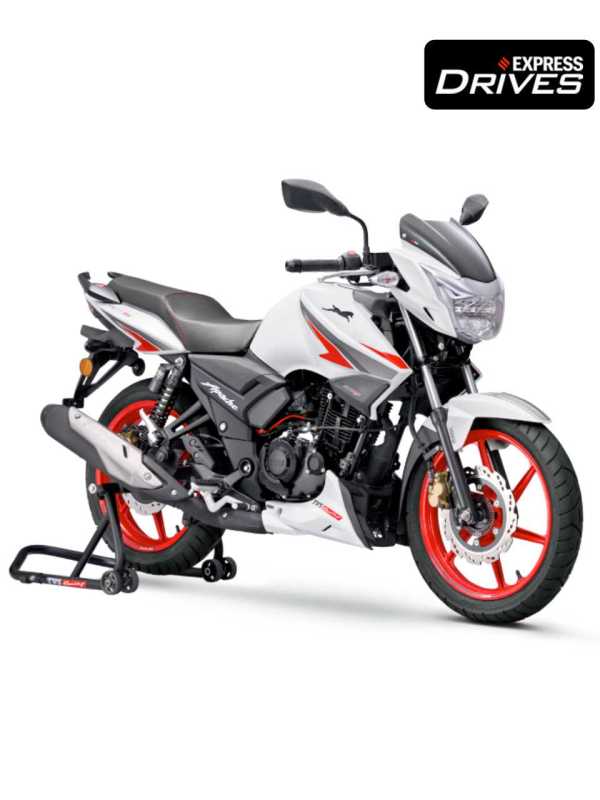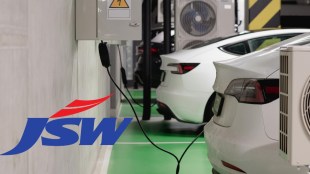By Saurabh Agarwal
Back in 2019 when FAME II scheme was launched by Ministry of Heavy Industries (‘MHI’) after some eventful learnings in the first version of the scheme, namely FAME I scheme, much of the EV industry players were elated with the news. This upsurge in emotions stemmed from several reasons – first is attributable to a more than tenfold increase in budgetary outlay under the second version of the scheme, i.e. Rs. 10,000 crore as compared to the earlier version and secondly on account of significant increase in spectrum of areas and activities covered the new avatar of the scheme.
The new FAME II scheme earmarked funds to the tune of Rs. 8,596 crore for ‘Demand Incentives’ with an objective to incentivise the ultimate consumer(s) to buy electric vehicles and around Rs. 1,000 crore were provided for creating suitable charging infrastructure in the country. The scheme was initially envisioned for an operative period of 3 years, and was later extended by another 2 years, i.e. till March 24.
While the first two years of the scheme saw a luke warm response, especially for the e-2W category, a major shot in the arm came in 2021 when the incentive quantum was increased for e-2W category from Rs. 10,000 per KW battery to Rs. 15,000 per KW battery with a commensurate increase in the overall incentive ceiling from 20% of vehicle price to 40% of vehicle price. Given the changes, the incentive amount for most of the e-2W product ranges available in market came to the tune of Rs. 50,000-55,000 per vehicle, which created a good price delta for electric vehicles via-a-vis the traditional combustion based engine vehicles. Just in a span of around 10-12 months, government was able to utilise allocated funds at a much faster pace and also seemed to achieve its set targets for e-2W vehicle category registrations, before the industry got rocked with PMP (localisation) non-compliance issues, ultimately leading to retrenchment of the incentives back to the original values in mid 2023.
Now, as the existing scheme culminates its journey next year in March 2024, there are growing concerns amongst the industry players for continuing the demand incentives, as the price difference between electric vehicles and combustion engine-based vehicles still remains significant. The consumer shift is taking place gradually and will take some more time before significant results can be seen on ground, as is reflective from several RTO jurisdictions data. Industry insiders also feel that the existing supply chain still needs more attuning from an EV perspective and will require deployment of more efforts from industry at large and a commensurate incentives policy from the government’s side.
The Ministry has been very receptive to the industry concerns and is taking a long-term outlook for the sector. It is expected that the new avatar of the scheme, namely FAME III, could further widen the ambit of eligible vehicle categories to include commercial load vehicles and all major B2C category of vehicles under the overall scheme. Albeit it would be difficult to suggest that incentive amount(s) for any category of vehicles would touch the levels seen in the past.
Localisation emphasis would likely continue in the FAME III scheme as well and we may see deployment of additional SOPs/ procedures by the government for validating the respective domestic procurement disclosures.
It would be a hefty balancing act that the policymakers would be required to perform while drafting contours of the FAME III scheme, as managing different industry and economic interests would prove to be very crucial for fulfilling the clean mobility transition vision of our hon’ble Prime Minister.
The author is Tax Partner, EY India.
With contributions from Mohit K Sharma, Senior Manager, EY India.
Disclaimer: Views expressed are personal and do not reflect the official position or policy of Financial Express Online. Reproducing this content without permission is prohibited.



















